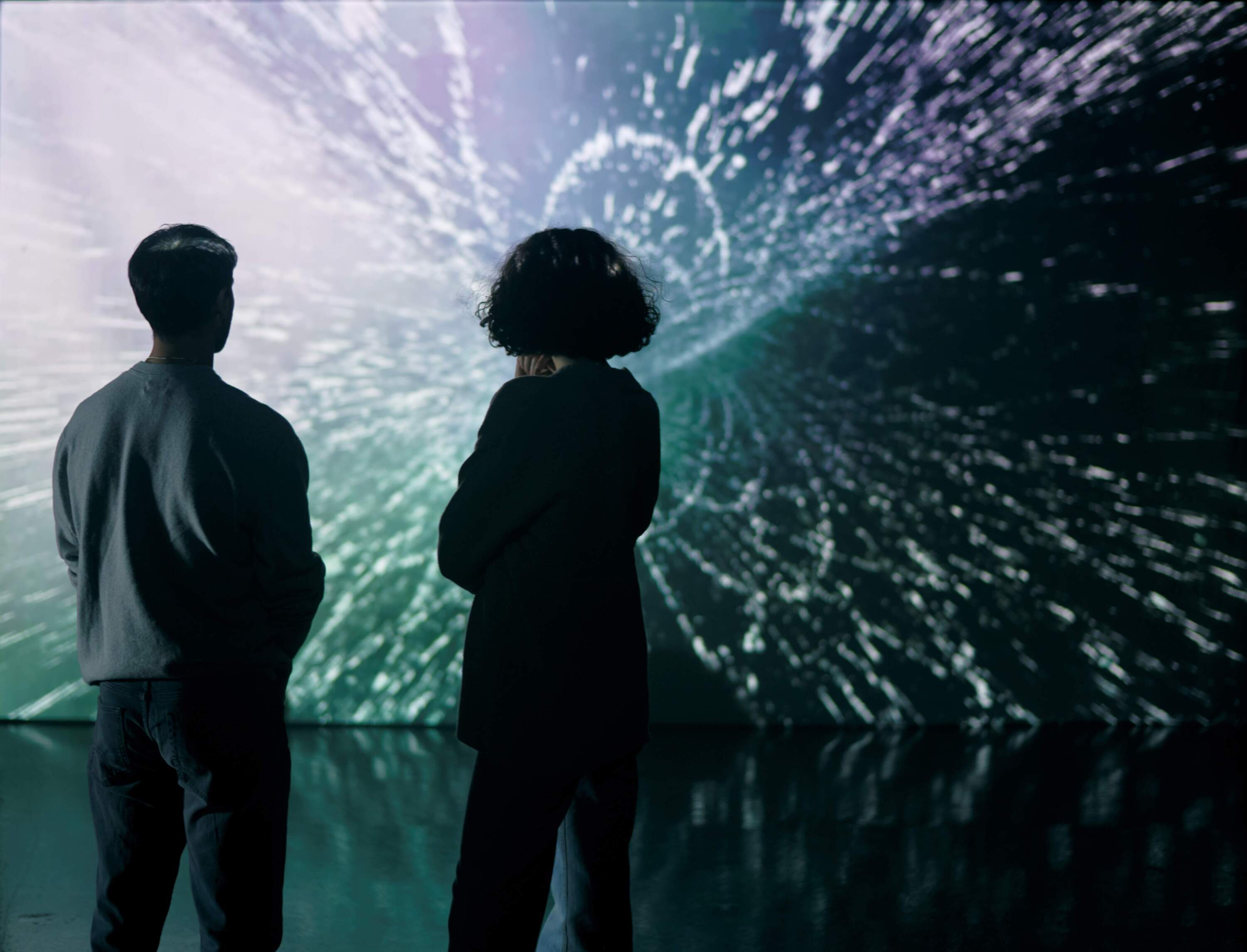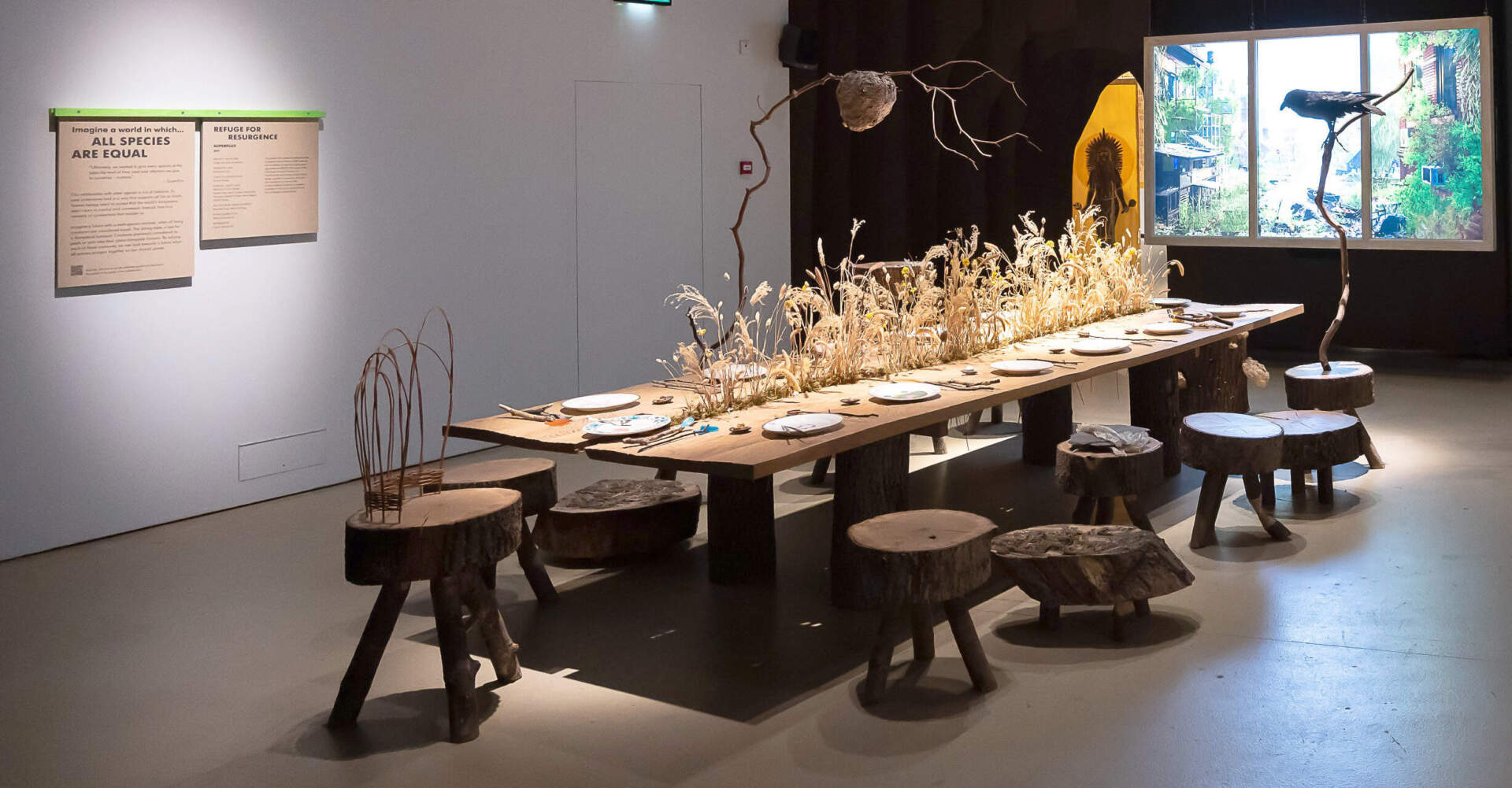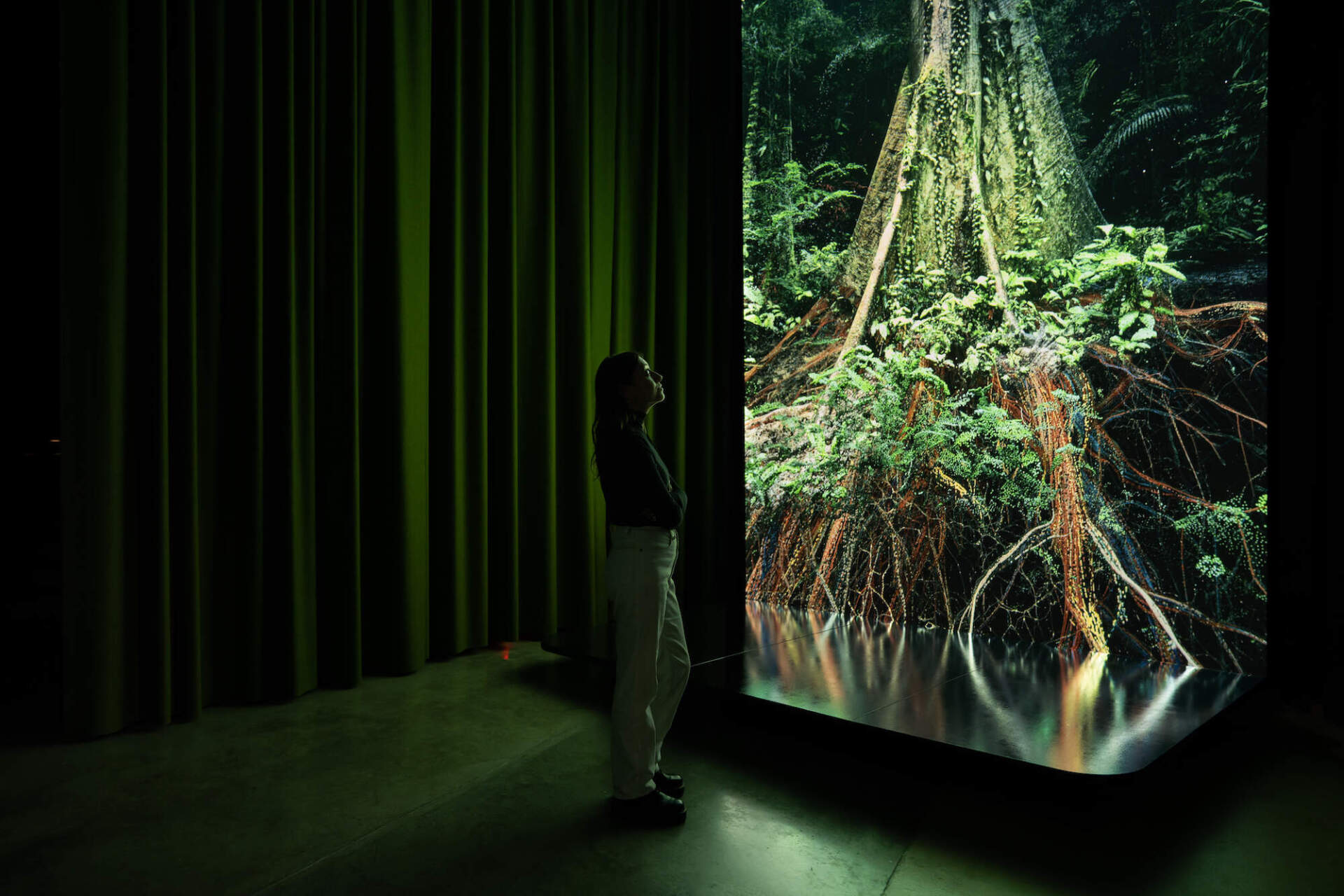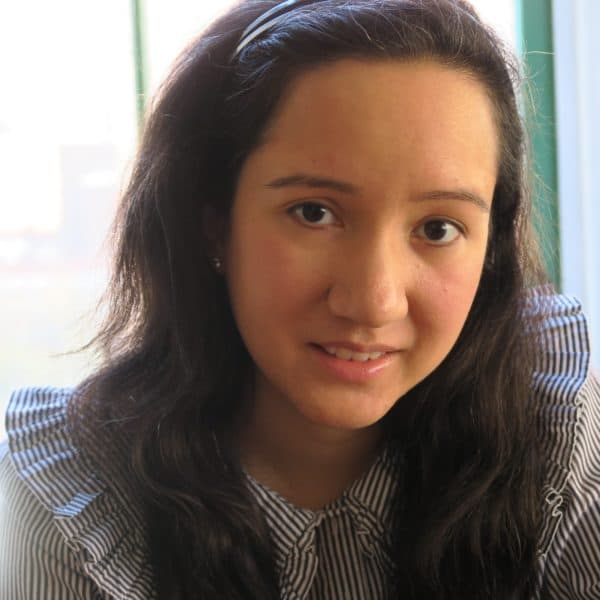Advertisement
PEM displays creative solutions to the climate crisis

Imagination is a powerful tool. It can create new realities or redefine the world that we live in. At the Peabody Essex Museum in Salem, artists, designers, scientists, and other luminaries from 12 countries have built installations that re-envision the climate emergency, in an exhibit called “Our Time On Earth.” Running through June 9, the show, organized by the Barbican Centre in London, asks us to find innovative solutions to the problem before us, with the goal of transforming the conversation about the future of our planet.
“The messaging is really one of bringing creativity to bear on our future climate situation,” said Jane Winchell, director of PEM’s Dotty Brown Art & Nature Center. “What can these interdisciplinary collaborations offer, and [how can they] bring perspectives that might not have been factored in or considered?”
“Our Time On Earth” guides visitors through an exploration of what an ideal world could look like if we open our minds to new strategies in addressing climate change. The exhibit’s website explains that many of the structures, designs, and displays that spectators are observing are derived from biodegradable, sustainable materials, and are crafted with the intention of minimizing impact on the environment. Walking through the show's galleries, a guest might experience what they see as grave, didactic, and at times, surreal. Each installation, a portal of possible resolutions, presses upon the observer the urgency of the crisis, proposing bold and innovative responses.

“Refuge for Resurgence” centers on an oak table, the fantastical set for a banquet, ceremonially set with stools and plates. This presentation invites us to wonder what it might be like if human beings sat down to dinner with wildlife creatures, like wolves, wasps, and ravens. In “A Biological Future for Fashion,” the installation explores the profoundly damaging impact that the garment industry has had on the Earth’s environment. It turns to alternative methods of fabrication: different kinds of leather could be produced from mushrooms, and bacteria could generate resilient materials. “Queer Ecology” invites viewers to don a set of headphones and listen to a TED Talk from Colombian biologist Brigitte Baptiste, who speaks to the inherent gender fluidity of nature. There are lessons we can learn from the diversity and multiplicities found in our ecosystems.

Other sections of the show ask us to look beyond Western responses to the climate emergency. “The Symbiocene” spotlights Indigenous perspectives, turning to technologies, like a nature-based water sharing and cleaning infrastructure, that would allow for a more harmonious coexistence with the planet. Through “Stories of Change,” attendees are asked to watch videos from activists, photographers, youth leaders, and others who share reflections on how they’d like to see the world change.
Winchell emphasized the role that art plays in combating the problem of climate change, stressing that it “takes complex problems and situations, distilling them down to their essence.” While the show feels heavily informative at times and could have benefited from more expressions of creativity, the message that we need to wake up to the stark reality facing the planet is clear. Winchell explained that communities must come together to invent more hopeful reactions to the world’s predicament.
“I think there’s a growing awareness that doing things the way we’ve done them is not going to allow our planet to thrive and for us, as humans, to also thrive,” Winchell said. “Taking this chance, while we have it, the urgency of this situation is one that we all need to approach both very seriously and with great speed. The idea that, ‘let’s wait until we really know what’s going on or have everything identified so we know what will make the biggest difference’ — we don’t have that luxury. We all need to be seizing the moment that we have now to do the best that we can and continue to learn, as well as be open to new opportunities.”
"Our Time on Earth" runs through June 9 at the Peabody Essex Museum.
